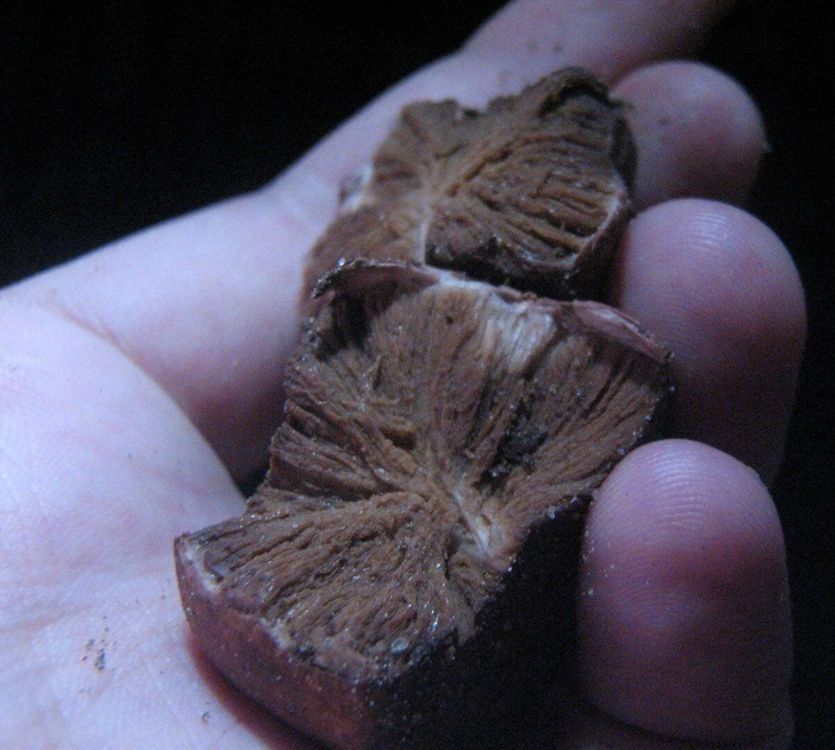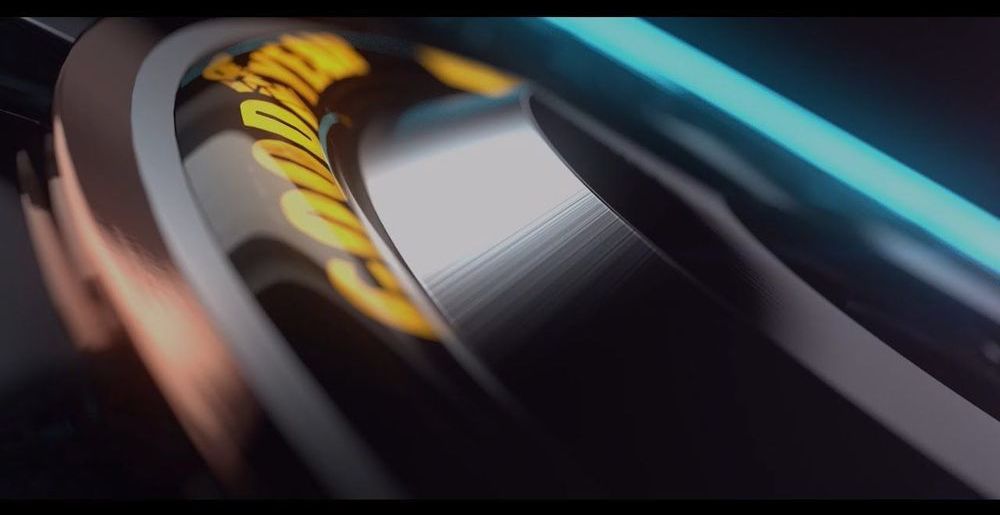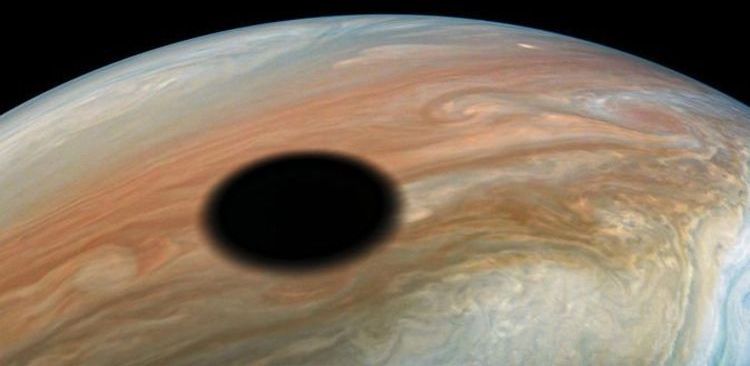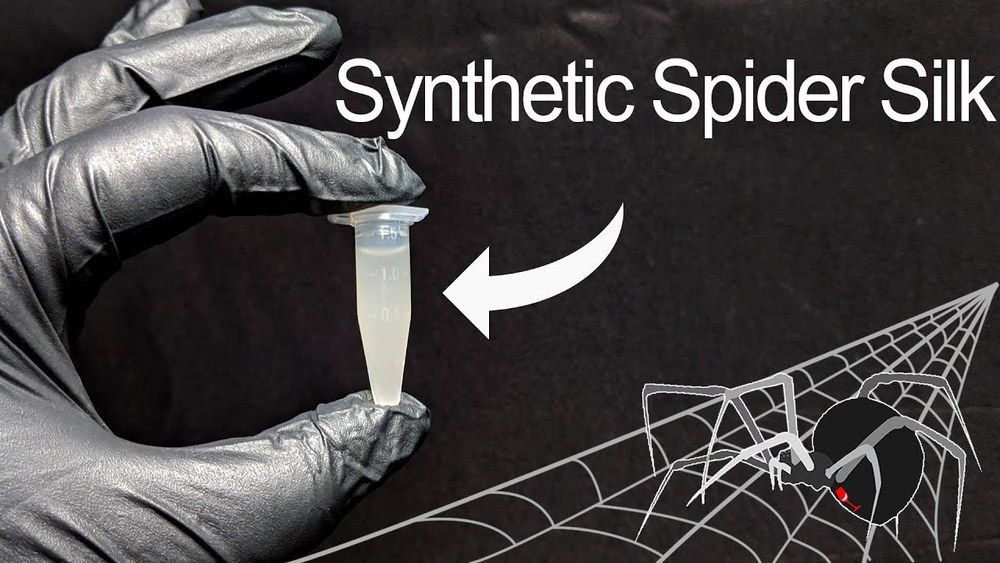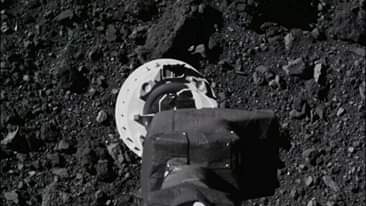Mushroom-munching bonobos in the Democratic Republic of the Congo have introduced scientists to a new species of truffle.
Commonly used by Congolese communities to bait traps for small mammals, Hysterangium bonobo is also savored by bonobos, an endangered species of great ape. Scientists say the truffle hints at vast reserves of undescribed fungal diversity in the region.
“Truffles aren’t just for gourmet chefs—they’re also for our closest relatives,” said Matthew Smith, an associate professor in the University of Florida department of plant pathology and curator of the UF fungal herbarium. “There’s so much to learn about this system, and we’re just scratching the surface.”
